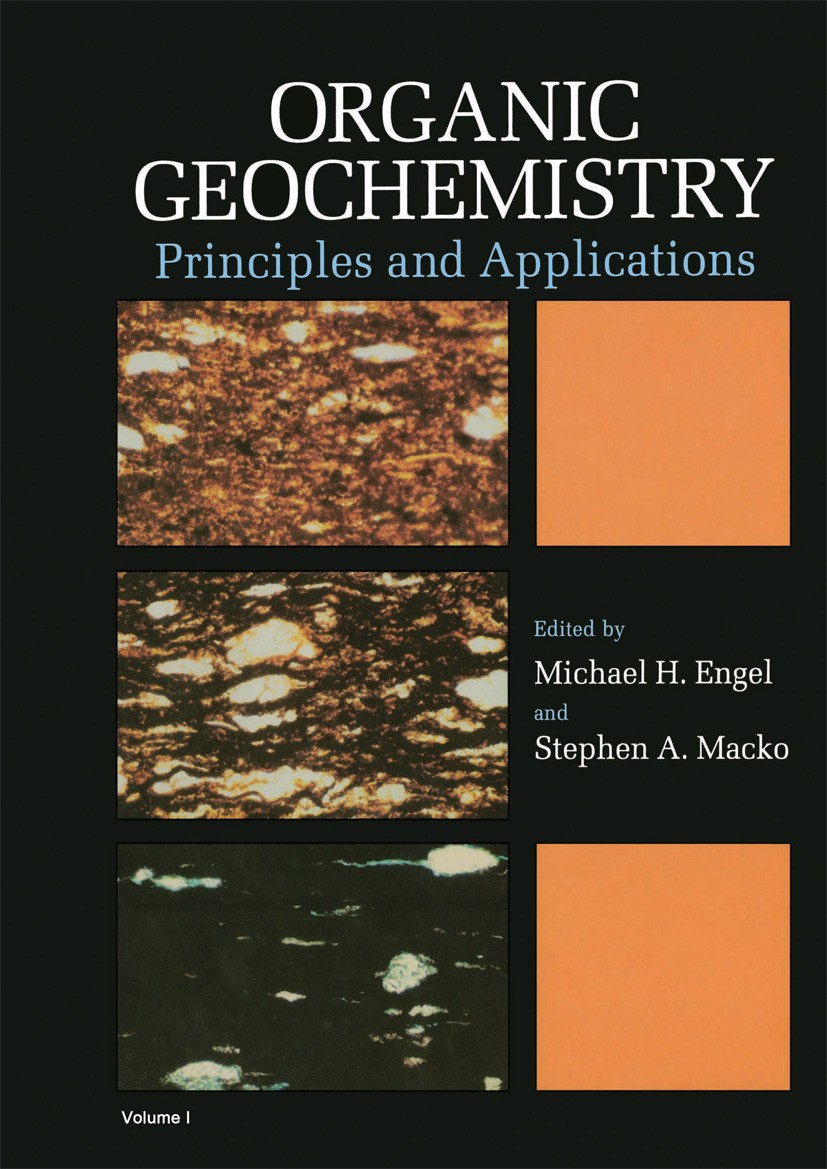Exploring clumped isotope fractionation of organic molecules using density functional theory
IF 2.5
3区 地球科学
Q2 GEOCHEMISTRY & GEOPHYSICS
引用次数: 0
Abstract
The measurement of doubly-substituted (‘clumped’) isotopologues provides important information regarding the source, sink, and potentially the temperature of formation of a given molecule. While currently limited to small molecules such as methane or carbonate, recent technological developments are expected to expand the range of molecules studied, paving the way for clumped isotope measurements in various organic compounds. Theoretical calculations, including those based on density functional theory (DFT), can serve as guidelines for future methodological developments. However, these calculations have so far been reported for a small number of organic molecules and clumping types.
Here, we report DFT calculations for DD, 13CD, 13C13C, 13C15N, and 13C18O clumping in organic molecules. Using 32 model molecules, we calculate a total of 143 Δ values (Δ representing the deviation from the stochastic distribution due to equilibrium isotope effects) at temperatures ranging from 300 K to 1000 K. The overall trend follows: ΔDD > Δ13CD > Δ13C18O > Δ13C13C ≈ Δ13C15N, with values decreasing as temperature increases. Through multiple correlation analysis, we demonstrate that the reduced mass of the atoms, bond multiplicity, and hybridization collectively explain 80 % of the differences observed between bond types. Given current analytical uncertainties, the potential for a geothermometer is primarily limited to DD and 13CD clumping, while 13C13C, 13C15N, and 13C18O clumping could be applicable at low temperatures (typically 100 K) or with instrumental precision one order of magnitude higher.
The calculations presented here provide a framework to assess the instrumental precision required for utilizing clumped isotopes in organic molecules as geothermometers. Future improvements in analytical techniques and computational methodologies could further refine these predictions and broaden the applicability of clumped isotope thermometry in organic geochemistry.

利用密度泛函理论探索有机分子的团块同位素分馏
双取代(“团块”)同位素的测量提供了关于给定分子的源、汇和潜在形成温度的重要信息。虽然目前仅限于甲烷或碳酸盐等小分子,但最近的技术发展有望扩大研究分子的范围,为各种有机化合物的团块同位素测量铺平道路。理论计算,包括基于密度泛函理论(DFT)的理论计算,可以作为未来方法论发展的指导方针。然而,到目前为止,这些计算只报道了少数有机分子和结块类型。本文报道了有机分子中DD、13CD、13C13C、13C15N和13C18O聚块的DFT计算。使用32个模型分子,我们在300 K到1000 K的温度范围内计算了143个Δ值(Δ表示由于平衡同位素效应而与随机分布的偏差)。总体趋势如下:ΔDD >; Δ13CD >; Δ13C18O >; Δ13C13C≈Δ13C15N,随温度升高而减小。通过多重相关分析,我们证明原子质量的减少、键的多样性和杂化共同解释了80%的键类型之间的差异。鉴于目前的分析不确定性,地温计的潜力主要局限于DD和13CD的聚类,而13C13C、13C15N和13C18O的聚类可能适用于低温(通常为100 K)或仪器精度高一个数量级。这里提出的计算提供了一个框架,以评估利用有机分子中的团块同位素作为地温计所需的仪器精度。分析技术和计算方法的未来改进可以进一步完善这些预测,并扩大团块同位素测温在有机地球化学中的适用性。
本文章由计算机程序翻译,如有差异,请以英文原文为准。
求助全文
约1分钟内获得全文
求助全文
来源期刊

Organic Geochemistry
地学-地球化学与地球物理
CiteScore
5.50
自引率
6.70%
发文量
100
审稿时长
61 days
期刊介绍:
Organic Geochemistry serves as the only dedicated medium for the publication of peer-reviewed research on all phases of geochemistry in which organic compounds play a major role. The Editors welcome contributions covering a wide spectrum of subjects in the geosciences broadly based on organic chemistry (including molecular and isotopic geochemistry), and involving geology, biogeochemistry, environmental geochemistry, chemical oceanography and hydrology.
The scope of the journal includes research involving petroleum (including natural gas), coal, organic matter in the aqueous environment and recent sediments, organic-rich rocks and soils and the role of organics in the geochemical cycling of the elements.
Sedimentological, paleontological and organic petrographic studies will also be considered for publication, provided that they are geochemically oriented. Papers cover the full range of research activities in organic geochemistry, and include comprehensive review articles, technical communications, discussion/reply correspondence and short technical notes. Peer-reviews organised through three Chief Editors and a staff of Associate Editors, are conducted by well known, respected scientists from academia, government and industry. The journal also publishes reviews of books, announcements of important conferences and meetings and other matters of direct interest to the organic geochemical community.
 求助内容:
求助内容: 应助结果提醒方式:
应助结果提醒方式:


